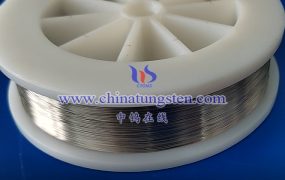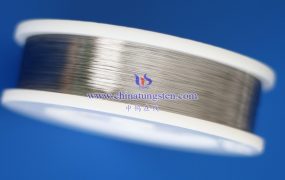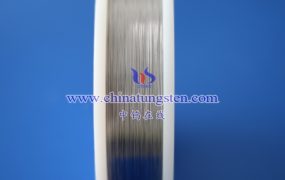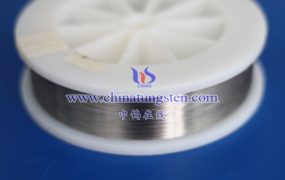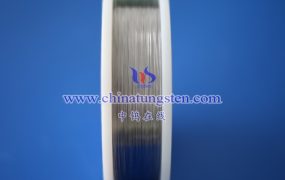The electron emission mechanism of the barium tungsten cathode is realized by thermionic emission. Thermionic emission is a phenomenon in which electrons escape from a solid surface, and its mechanism is based on the tunneling effect of quantum mechanics. The following is the basic principle of the electron emission mechanism of barium tungsten cathode:
Tunneling effect: There is an electron potential barrier near the surface of the barium tungsten cathode, which needs to be overcome to allow electrons to escape from the solid surface. According to the tunneling effect of quantum mechanics, even if the energy of electrons is lower than the height of the potential barrier, there is still a certain probability to escape through the potential barrier. This means that, at a sufficiently high temperature, electrons near the surface of a solid will be emitted into space with a certain probability.
Thermionic Emission: In the case of a barium-tungsten cathode, by heating the cathode, electrons near the surface can gain enough thermal energy to overcome the surface barrier and thus be emitted into space. Therefore, the electron emission of the barium tungsten cathode is realized by heating the cathode material and providing sufficient heat energy.
The role of barium: The addition of barium can significantly improve the electron emission efficiency. This is because barium lowers the work function of the cathode surface, making it easier for electrons to escape. In addition, barium reacts with gases at high temperatures to form barium vapors, further reducing the energy required for electron emission.

More details of barium tungsten electrode, please visit website: http://tungsten.com.cn/barium-tungsten-electrode.html
Please contact CHINATUNGSTEN for inquiry and order of barium tungsten electrodes:
Email: sales@chinatungsten.com
Tel.: +86 592 5129595

